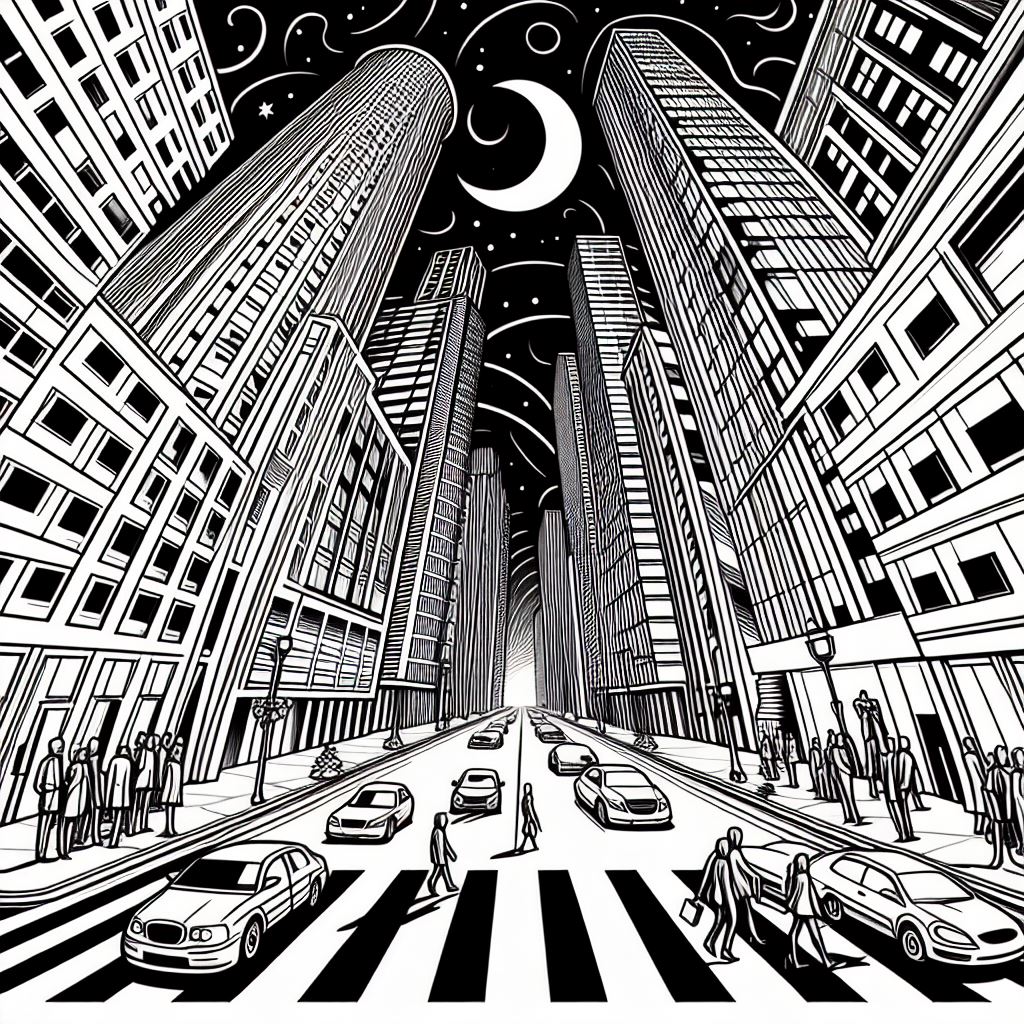
In the rich knowledge systems of Vedic traditions, few elements hold as profound a significance as Agni (Fire) and Soma (the sacred plant and libation). Together, they embody the essence of creation, destruction, and the cyclical rhythm of the universe. This blog delves into their roles in rituals, symbolic meanings, and timeless relevance to life’s fundamental truths.
Agni: The Eternal Flame of Sacrifice
Agni is the indispensable cornerstone of yajna (sacrificial ritual). As the divine intermediary, Agni consumes offerings (havir) and transmits them to deities, symbolizing the union of humans with the divine. His attributes—tejas (radiance), gati (motion), and transformative power—represent the forces of change and dissolution (vinasha). Agni’s flames purify, destroy, and renew, mirroring the universe’s ever-shifting nature.
The Ishavasya Upanishad encapsulates this duality: creation (sambhuti) arises from Soma’s nurturing energy, while Agni’s fiery force brings dissolution. This balance underscores the Vedic worldview: all existence is a dance of emergence and decay. As the Taittiriya Samhita (5.4.9.2) states, “Agni is the devourer of food for the gods” (Agni vai devanam annadah), highlighting his role as the transformative force that sustains the cosmic order.
Soma: The Nectar of Life and Spirituality
Soma, the sacred plant and libation, embodies sneh (nourishment) and sthitidharma (stillness). Unlike Agni’s dynamism, Soma represents stability and creation. When offered into the fire, Soma becomes the bridge between the material and the divine, fostering harmony between the physical (adhibhautik) and spiritual (adhyatmic) realms.
The Brihadaranyaka Upanishad declares the universe agni-soma-atmaka—fire and soma are its very essence. This duality reflects the cosmic cycle: matter is born, evolves, decays, and dissolves, only to be reborn. Soma’s role in sustaining life (as food) and Agni’s role in transformation (as the consumer) form the foundation of this cycle. The Maitrayani Samhita (3.10.7) affirms this, stating, “Soma is food” (Annam vai somah).
The Duality of Agni and Soma: Anna and Annaad
The relationship between Agni and Soma is encapsulated in the Vedic concept of anna (food) and annaad (the consumer). Agni is the annaad—the force that consumes and transforms, while Soma is anna—the substance that nourishes. This dynamic is the heartbeat of existence:
- Agni (annaad) devours, symbolizing dissolution and renewal.
- Soma (anna) nourishes, symbolizing creation and preservation.
The Shatapatha Brahmana (6.3.1.21) identifies Agni with prana (life force), while the Kausitaki Brahmana (9.6) links Soma to prana as well. This shared essence reveals their interconnectedness—they are two facets of the same life force, bound by a fraternal bond (sakhy). The Rigveda (5.44.15) beautifully captures this relationship: “Agni awakens, and Soma responds, ‘I am yours in friendship’” (Agni jagar tamayam soma aha tvahamasmi sakhe nyokah).
Philosophical Reflections: The Cycle of Existence
The interplay of Agni and Soma mirrors the universe’s rhythm:
- Creation (Sambhuti): Soma’s nurturing energy gives birth to matter.
- Destruction (Vinasha): Agni’s fire dissolves matter, paving the way for renewal.
- Continuity: This cycle ensures the universe’s eternal journey (jagat), as described in the Nirukta (ancient etymological text).
Yaska, the Vedic scholar, outlines six stages of matter: birth, existence, growth, transformation, decay, and dissolution. Agni and Soma govern these stages, illustrating how all things are subject to change yet bound by an eternal rhythm.
Conclusion: Lessons for Modern Life
Agni and Soma teach us that life is a balance of action and stillness, change and stability. Their dance reminds us:
- Embrace transformation: Like Agni, let go of what no longer serves.
- Nourish growth: Like Soma, nurture relationships and ideas.
- Find harmony: Recognize the interconnectedness of all things.
In a world obsessed with permanence, the wisdom of Agni and Soma invites us to embrace the beauty of impermanence—a lesson as ancient as the Vedas and as relevant as the present moment.
References
- Taittiriya Samhita. 5.4.9.2.
- Maitrayani Samhita. 3.10.7.
- Shatapatha Brahmana. 6.3.1.21.
- Kausitaki Brahmana. 9.6.
- Rigveda. 5.44.15.
- Ishavasya Upanishad.
- Brihadaranyaka Upanishad.
- Nirukta. 1.1.
Stay tuned for more insights into Vedic philosophy and its timeless relevance at rikamrit.com


